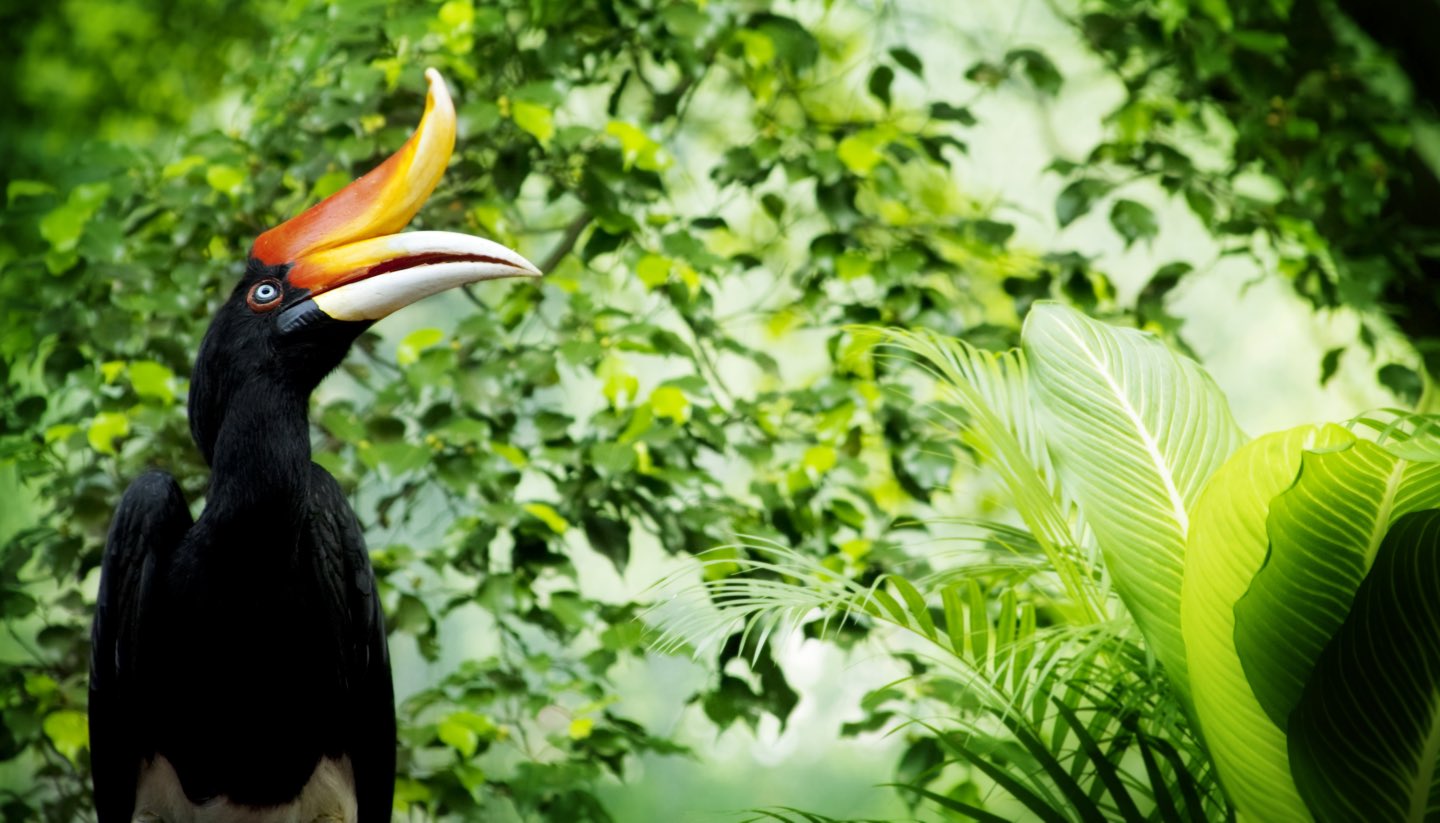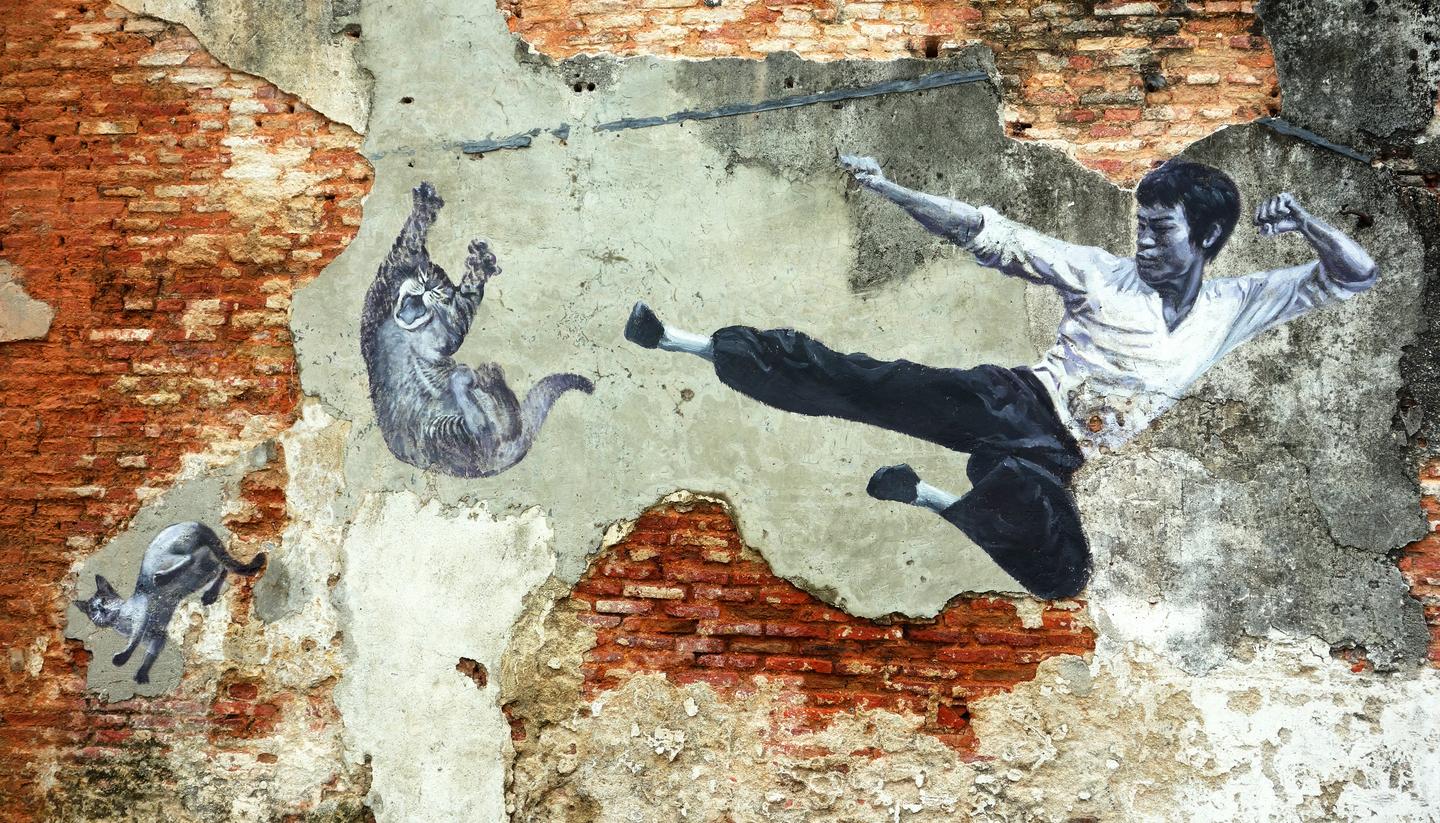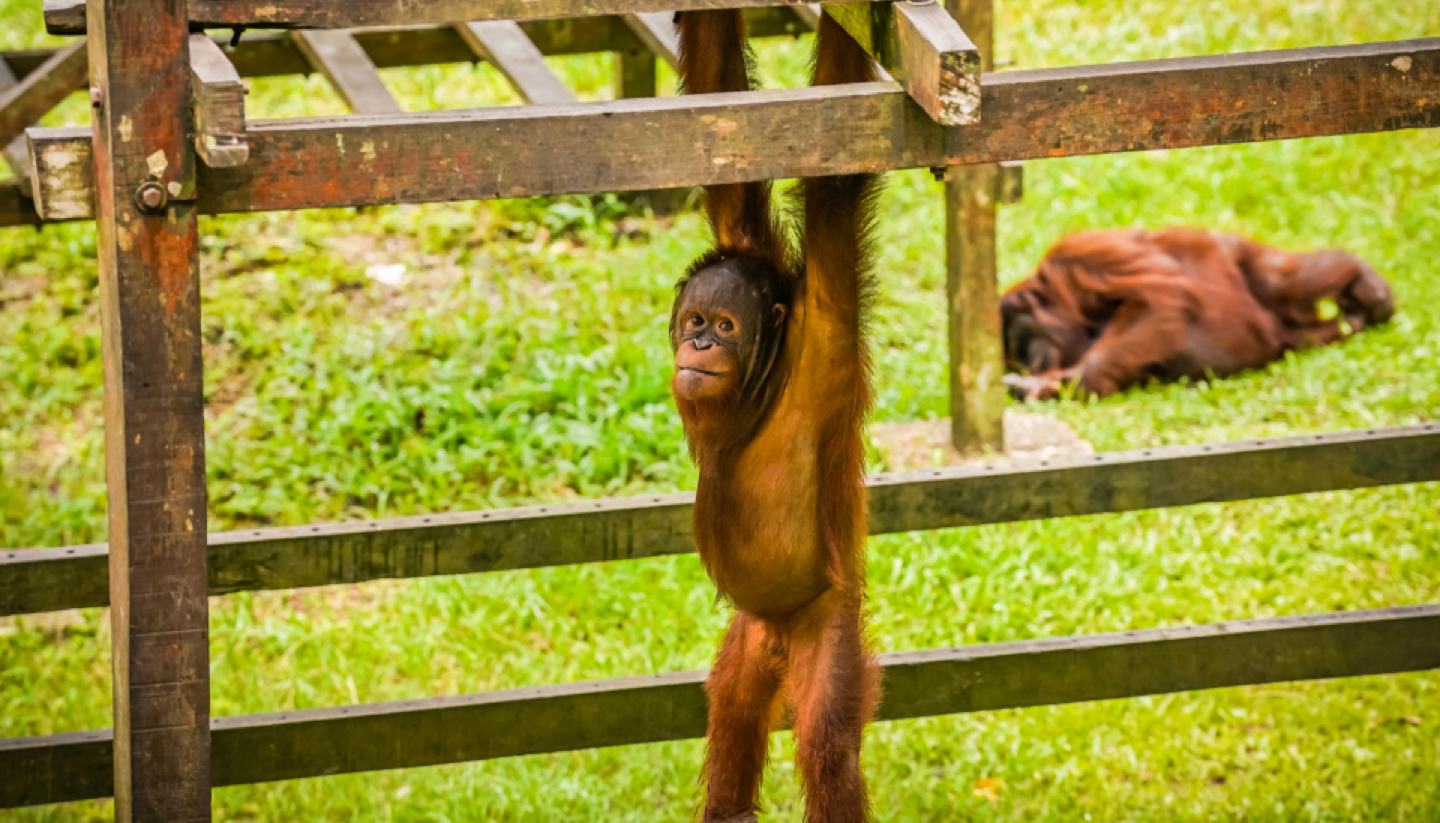Malaysia History, Language and Culture
History of Malaysia
Malaysia's history is a tapestry of ancient civilisations, colonial influences, and modern progress. Early human settlement is evidenced by the Perak Man, a skeletal remains dating back over 10,000 years, found in the Lenggong Valley, and now a UNESCO World Heritage Site. The region became a major trading hub, with the Malacca Sultanate in the 15th century serving as a key port linking East and West.
Colonial powers left their mark on Malaysia, beginning with the Portuguese conquest of Malacca in 1511, followed by the Dutch in the 17th century, and later the British, who established control over much of the peninsula by the 19th century. The British brought economic development through rubber plantations and tin mining, but their rule also set the stage for nationalist movements.
Malaysia gained independence from British rule on 31 August 1957, initially as the Federation of Malaya. In 1963, it expanded to include Sabah, Sarawak, and briefly Singapore, forming Malaysia. Singapore, however, left the federation in 1965.
In recent decades, Malaysia has transformed into a rapidly developing nation, balancing its multicultural heritage with economic modernisation. Today, it is a thriving upper-middle-income country recognised for its unique blend of traditional and modern influences.
Did you know?
• Rafflesia, found in the rainforests of Sabah and Sarawak, is the world's largest flower and can grow up to a metre in diameter.
• The Lenggong Valley in Perak is home to one of Southeast Asia's most important archaeological sites, where the Perak Man, a 10,000-year-old skeletal remains, was discovered.
• Malaysia is the only country in the world with a rotating monarchy. The position of the Yang di-Pertuan Agong (King) is rotated every five years among the rulers of nine Malay states, a system that reflects the country's unique federal monarchy.
Malaysia Culture
Religion in Malaysia
Muslims (63.5%), Buddhists (18.7%), Christians (9.1%), Hindus (6.1%), Others (2.7%).
Social Conventions in Malaysia
Malaysia's diverse population means social customs vary among ethnic and religious groups, but mutual respect and politeness are universally valued. Greetings are typically formal yet warm; a handshake is common, though some Muslims may prefer placing their hand over their chest as a gesture of respect. When greeting someone, especially older individuals, it's customary to use titles such as "Encik" (Mr.), "Puan" (Mrs.), or "Cik" (Miss) followed by their name.
Dress codes reflect the country's cultural and religious diversity. While urban areas like Kuala Lumpur embrace modern and Western attire, more conservative clothing is appreciated in rural areas and states with a large Muslim population, such as Kelantan and Terengganu. Women should dress modestly in these regions, covering their shoulders and knees. Removing shoes before entering homes or religious sites is also expected.
Public displays of affection are uncommon in Malaysia, particularly among the Malay Muslim population, who follow Islamic traditions. Holding hands is acceptable, but more intimate gestures may be considered inappropriate, especially in rural or conservative settings. Additionally, eating or passing items with your left hand is often seen as impolite, as the left hand is traditionally considered unclean in Malay and Indian cultures.
When invited to someone's home, it's customary to bring a small gift, such as chocolates or fruit. If food is served, try to sample a bit of everything offered to show appreciation. Respecting Malaysia's cultural diversity and adhering to these basic customs will ensure a warm and pleasant experience during your visit.
Language in Malaysia
The official language of Malaysia is Bahasa Malaysia (or Malay), which is used in government, education, and formal communications.
English is commonly used, especially in business, education, and tourism. In addition, Mandarin and various Chinese dialects (such as Cantonese, Hokkien, and Teochew) are common among the Chinese community, while Tamil and other Indian languages are widely used within the Indian community. In Sabah and Sarawak, indigenous languages such as Iban and Kadazan-Dusun are also spoken.
Phrases
Selamat pagi – Good morning
Selamat malam – Good evening / Good night
Apa khabar? – How are you?
Terima kasih – Thank you
Tolong – Please / Help
Maaf – Sorry / Excuse me
Berapa harganya? – How much does it cost?
Di mana tandas? – Where is the toilet?
Saya tidak faham – I don't understand
Ya / Tidak – Yes / No




